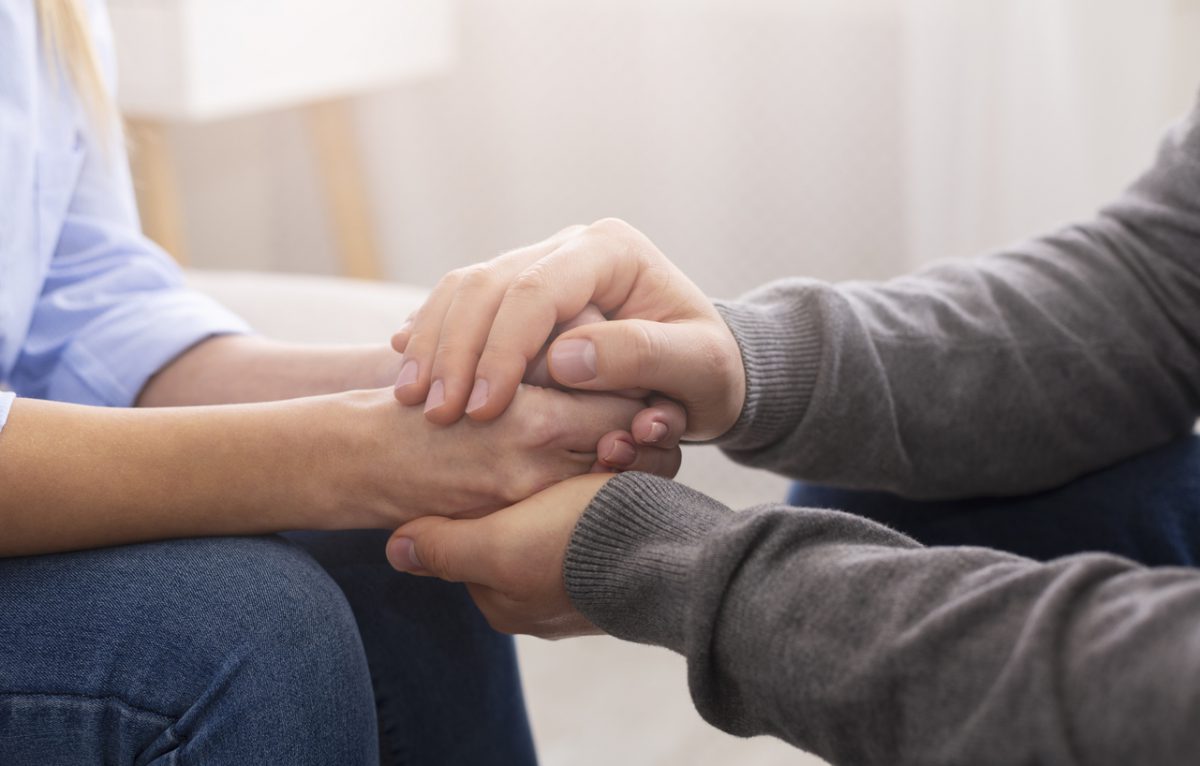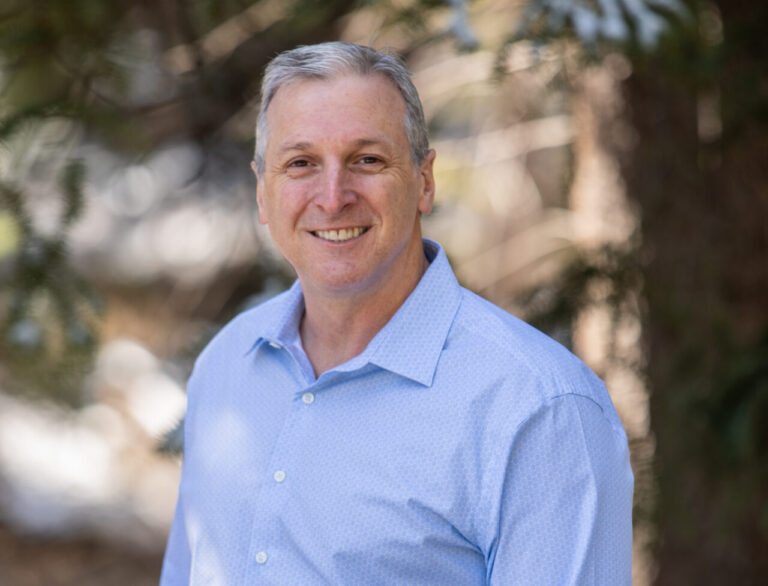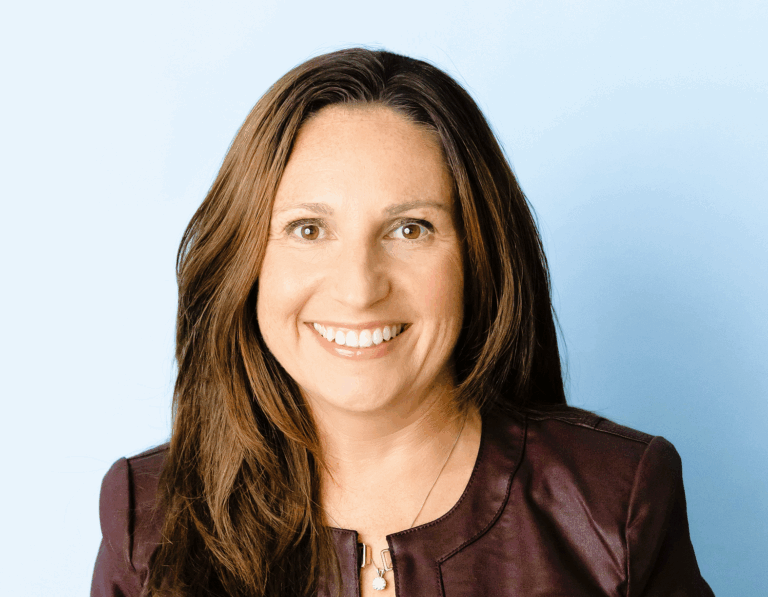Substance Abuse by the Numbers, and How We Can Help
On the surface, the unspoiled beauty of our community seems like a paradise. But dig a bit deeper and a heartbreaking story of a behavioral health crisis emerges. Substance abuse, a subset of behavioral health, is taking a toll on our residents. The numbers are staggering.
- Alcohol intoxication admissions at the Vail Health emergency room have increased 332 percent over the last four years.
- Vail Health emergency visits for anxiety and depression (frequently contributing to substance abuse as people self-medicate) alone have skyrocketed a staggering 465 percent in just four years.
- Eagle County lost 17 people to suicide in 2018, up 183% from 2016.
- In 2017, drug overdoses in the state of Colorado were significantly higher than in any other state! According to the Centers for Disease Control and Prevention (CDC), Colorado loses 19 out of every 100,000 residents to a drug overdose. Those are not just numbers; they are lost lives and families, friends and communities forever changed.
If you or someone you know needs help, don’t wait. There are many different ways we can help.
Treatment Barriers
Unfortunately, people with substance abuse disorders oftentimes don’t seek treatment due to a stigma and society’s reluctance to view it with the same acceptance as physical illness.
Additionally, the same magnificent beauty that lures vacationers to our community also creates further complications for residents to seek and receive treatment for behavioral health and substance abuse issues:
- A substantial disparity between the wealthy and the working class. Those living and working in a mountain resort area, such as the Vail Valley, are often employed in hospitality, retail or other service industry jobs, which rarely offer health insurance and therefore, create a financial barrier to treatment. Furthermore, the cost of living can be exorbitant, leaving little left for medical intervention.
- The demands of a resort community. Living and working in a community that relies, to a large extent, on tourists to fuel its economy requires a constant cheerful demeanor. The stress needed to maintain a sunny facade may make employees less likely to display their honest feelings.
- A culture of personal toughness. In the beautiful, yet rough, terrain of a mountain resort community some people may feel pressured to prove their resilience. Although a false narrative, it can prevent people from getting help.
Investing in Treatment and Recovery Initiatives
It’s not all bad news. It Takes a Valley: Transforming Behavioral Health—a $100 million campaign launched by Eagle Valley Behavioral Health (EVBH) and Vail Health Foundation—is working with more than 25 community partners to respond to the need for accessible behavioral health services in our community. The campaign focuses on many aspects needed to help the community. Substance abuse affects our entire community, and everyone can come together to help reach these important efforts.
Crisis Response & Transition Services
A new system, led by Hope Center, ensures that crisis clinicians are part of the response team for all 911 behavioral health calls. This has already reduced transports to the hospital emergency department and county jail by 74 percent.
Cross-Functional Behavioral Health Facility
EVBH is working with community partners Vail Health and Eagle County to design a comprehensive behavioral health facility located mid-valley that can be accessed using Eagle County’s ECO transit system. The facility will include a crisis stabilization unit, a social detox unit, as well as a psychiatric urgent care unit with 24/7 walk-in service.
Prevention & Education
Moving forward, EVBH plans to significantly invest in prevention and education by both supporting proven programming and filling gaps through new initiatives. The plan will address the social determinants of health through increased investment in early childhood services. Also planned is an anti-stigma campaign, training and education initiatives, and an online behavioral health provider directory.
Provider Access & Capacity
More than 100 additional behavioral health providers will be hired over the next 5 to 7 years, bringing the number of providers in this valley well above the national average. Eagle River Valley currently has only half of the recommended licensed behavioral health providers as compared to the state average. Additionally, plans to integrate behavioral health care into all primary care settings in the valley are underway to ensure the early detection of behavioral health issues.
School-Based Providers
EVBH is working to increase funding to make sure every school in Eagle River Valley has at least one clinician. We are also working with the school district to develop a comprehensive wellness curriculum that highlights what social-emotional, prevention and education frameworks would be covered at each grade level.
Outcome-Based Research & Evaluation
EVBH will evaluate all behavioral health initiatives and projects to measure the impact over the next 10 years.
Substance abuse affects our entire community and everyone can come together to help change lives and save lives!



